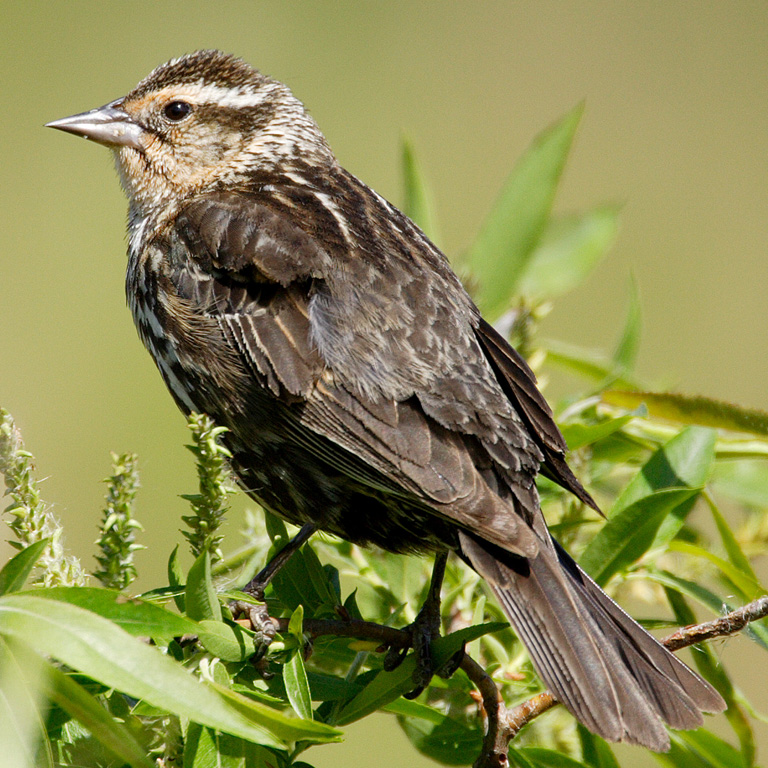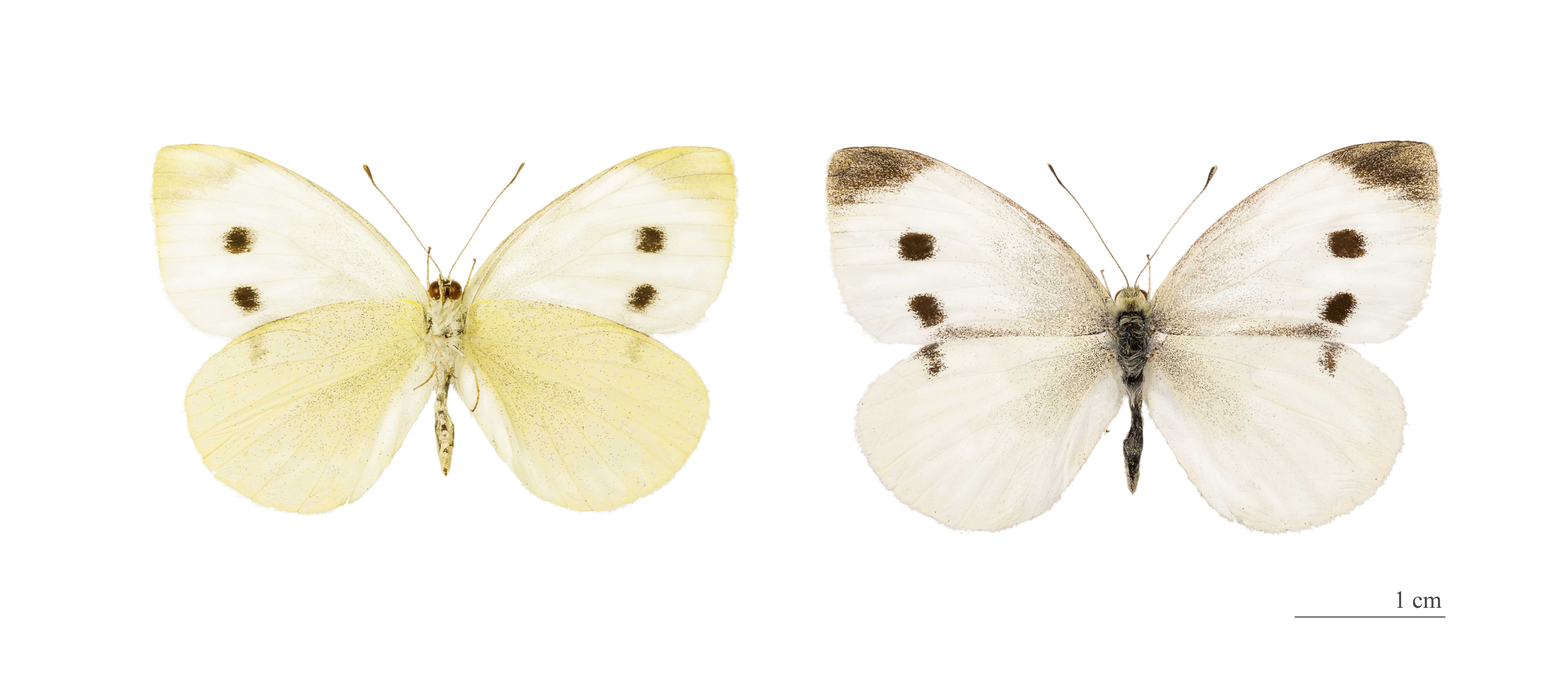Species of the Week: Red-winged Blackbird
The red-winged blackbird, or Agelaius phoeniceus, is a songbird native to North America. They inhabit most of the continental United States, as well as parts of Mexico and Canada in the winter and summer, respectively.


Red-winged blackbirds are sexually dimorphic. The coloration of males is very iconic; they are jet-black with red and gold shoulder patches. The females, meanwhile, are more drab, with feathers of various shades of brown. While some populations in warmer climates are permanent, northern populations tend to be migratory; individuals that live in Massachusetts and New England in the spring and summer will fly south to Mexico and the southern US in the winter.

Red-winged blackbirds have interesting breeding dynamics: while most males are monogamous and only breed with one female, a few (the most dominant and appealing to females) will breed with many females. These dominant males will breed with females who have other partners to increase their chances of having offspring. Females will also seek out other males than their partners to increase copulation and chance of offspring. Both the female and her partner will raise young chicks together. Clutches typically consist of 3 or 4 small blue-gray eggs with dark speckles.
Due to their interesting breeding behavior, red-winged blackbirds are territorial. Males will control areas to ensure things like access to food and hiding places from predators. Males can hold their territory for years, often until ousted by a younger individual.









.</p>%0A)




.jpg)











